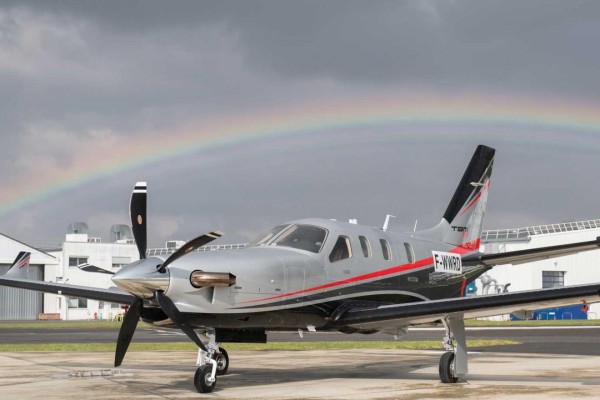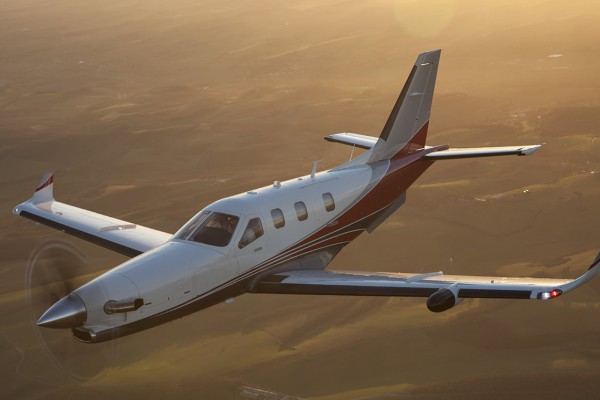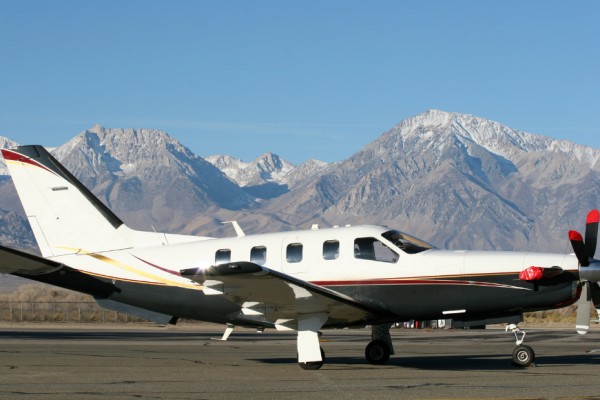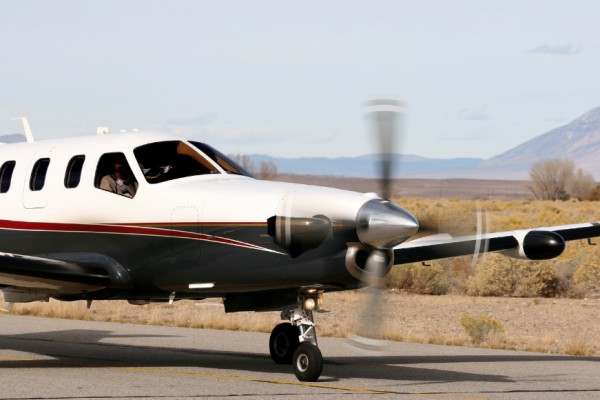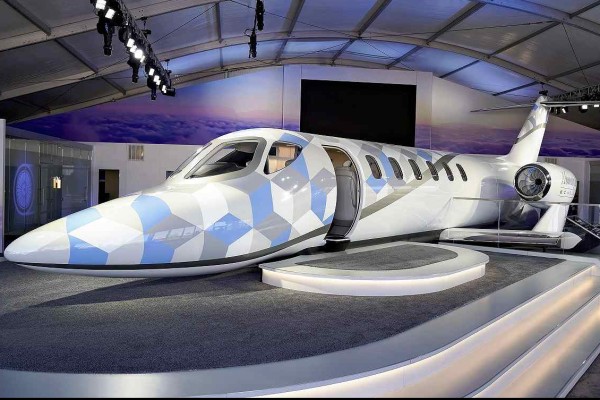- Civil Aircrafts
- 1 year before
Electric Aircraft and its Future in the Aviation Sector
Learn more about electric aircraft. The advantages of this environmentally friendly technology are its functioning and future in aviation.
-

- 1 year before
- Category: Civil Aircrafts
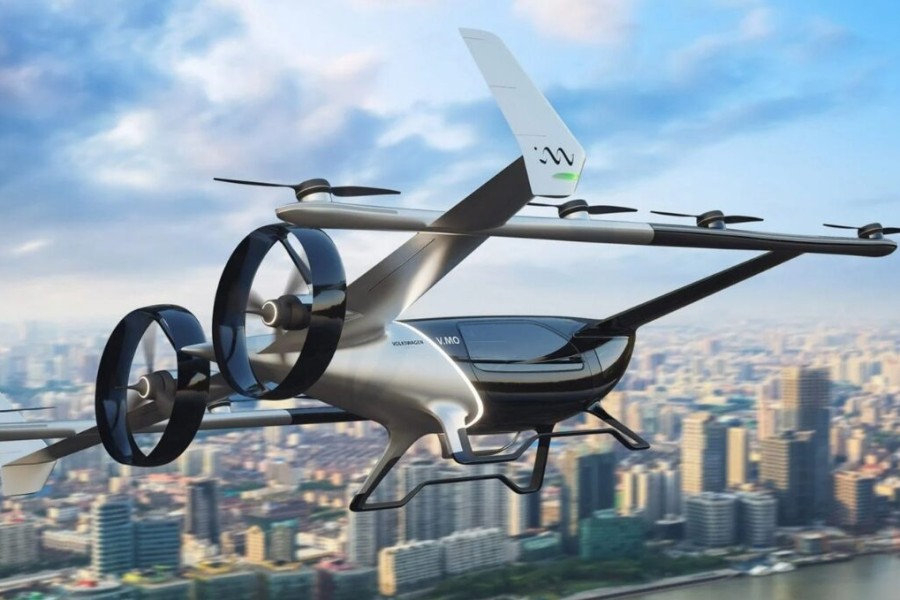
The Future of Electric Aircraft and Aviation
TheThe aviation sector is undergoing a major transformation in line with the objectives of combating climate change and sustainability. One of the pioneering technologies of this transformation is electric aircraft. The increasing importance of renewable energy sources and the environmental problems created by fossil fuels are forcing the development of electric aircraft. Let's take a closer look at how this development will change aviation and the design and operational features of electric aircraft
.How do electric planes work?
Electric aircraft provide flight power by using electric motors and batteries, compared to traditional internal combustion engines. These engines have the advantage of producing much less noise and zero emissions by operating at high efficiency. The main components of electric aircraft include high-capacity batteries, electric motors, speed control systems, and sometimes solar panels. The energy density of the batteries used has a direct effect on the flight range and performance.
Advantages and Challenges of Electric Aircraft
Electric aircraft have many advantages. First, their environmental impact is significantly lower because they offer zero carbon emissions and lower noise levels. In addition, energy efficiency is high and operating costs are lower than for conventional aircraft. However, significant difficulties also exist. One of the biggest challenges is the development of batteries with high energy density. Other obstacles include the fact that electric aircraft still have limited range and limited use in long-haul flights.
The Future of Electric Planes
The future of electric aircraft looks bright. Thanks to technological advances, the energy densities of batteries are increasing, which extends the range of aircraft. In addition, thanks to the development of renewable energy sources, the environmental impact of electricity generation will decrease, and electric aircraft will become a more sustainable solution. In the long term, the airline's transition to electric-powered aircraft will bring great benefits in both economic and environmental terms.

